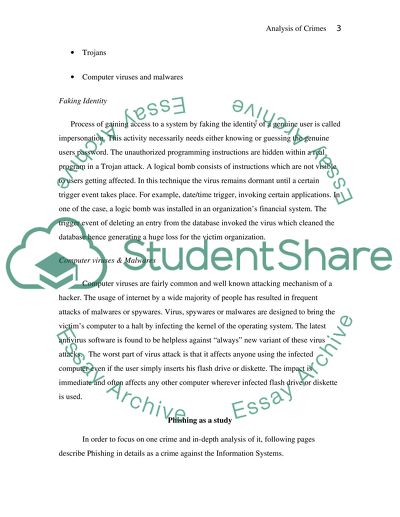Cite this document
(“Cyber Crime and Information Systems Security: The Concept of Phishing Research Paper”, n.d.)
Cyber Crime and Information Systems Security: The Concept of Phishing Research Paper. Retrieved from https://studentshare.org/information-technology/1526990-crimes-against-information-systems-analysis-master-essay
Cyber Crime and Information Systems Security: The Concept of Phishing Research Paper. Retrieved from https://studentshare.org/information-technology/1526990-crimes-against-information-systems-analysis-master-essay
(Cyber Crime and Information Systems Security: The Concept of Phishing Research Paper)
Cyber Crime and Information Systems Security: The Concept of Phishing Research Paper. https://studentshare.org/information-technology/1526990-crimes-against-information-systems-analysis-master-essay.
Cyber Crime and Information Systems Security: The Concept of Phishing Research Paper. https://studentshare.org/information-technology/1526990-crimes-against-information-systems-analysis-master-essay.
“Cyber Crime and Information Systems Security: The Concept of Phishing Research Paper”, n.d. https://studentshare.org/information-technology/1526990-crimes-against-information-systems-analysis-master-essay.


